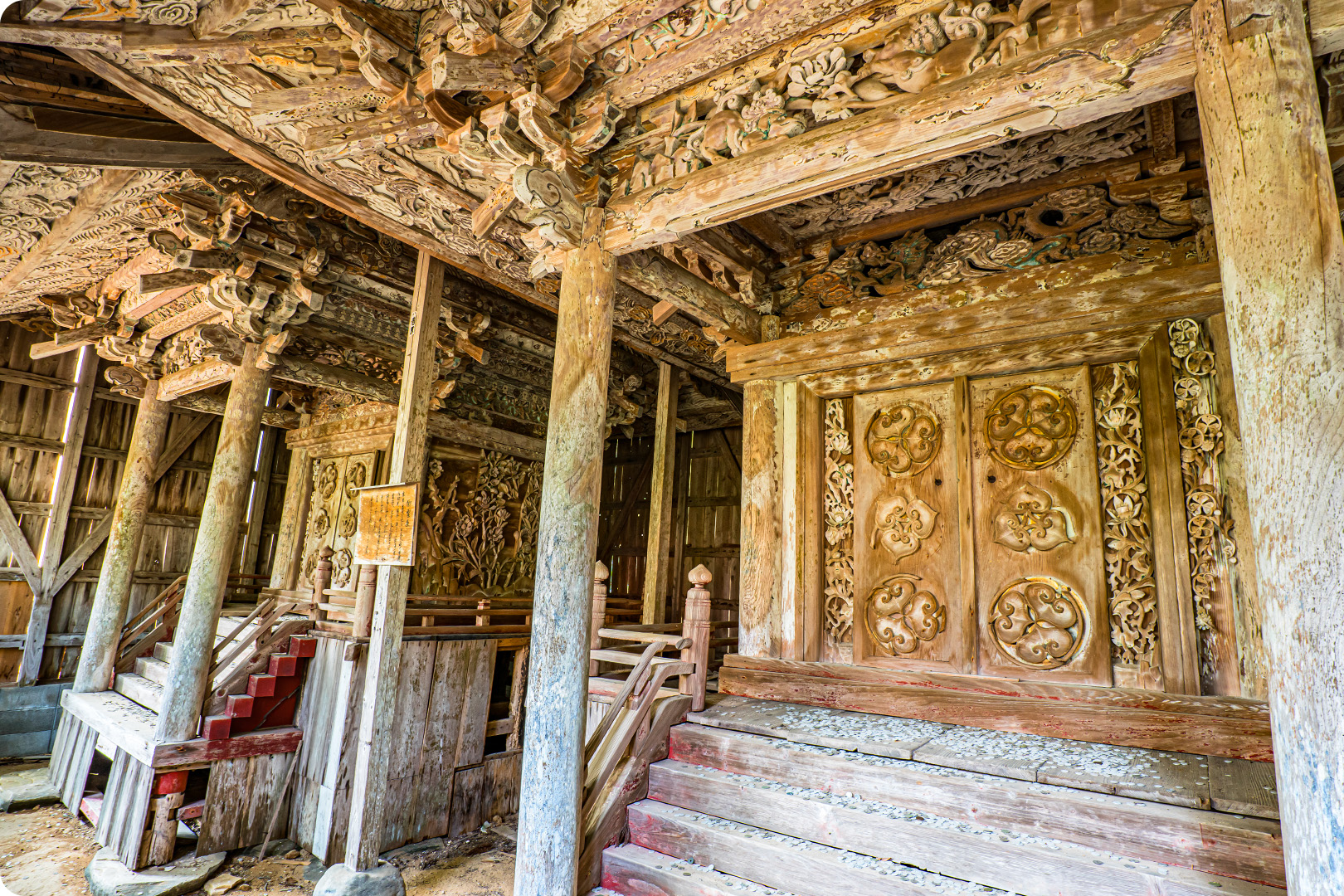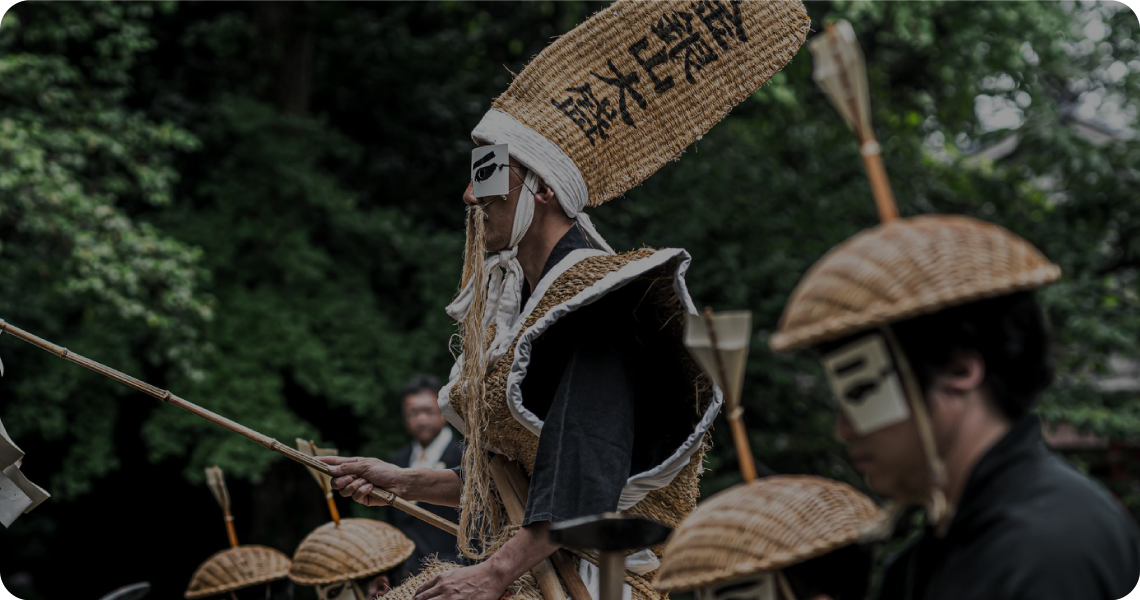- How to enjoy Sado Island
- Traditional Culture on Sado Island
- Visit temples, shrines, and Buddhist temples steeped in history
The Ryotsu Port Sado Kisen Terminal is the main entrance to Sado Island. As soon as you get off the boat, you can see Lake Kamo, the largest lake in Niigata Prefecture, and if you drive north along the coastline, you can access scenic spots such as Onogame and Futatsugame, a treasure trove of scenic spots.

-
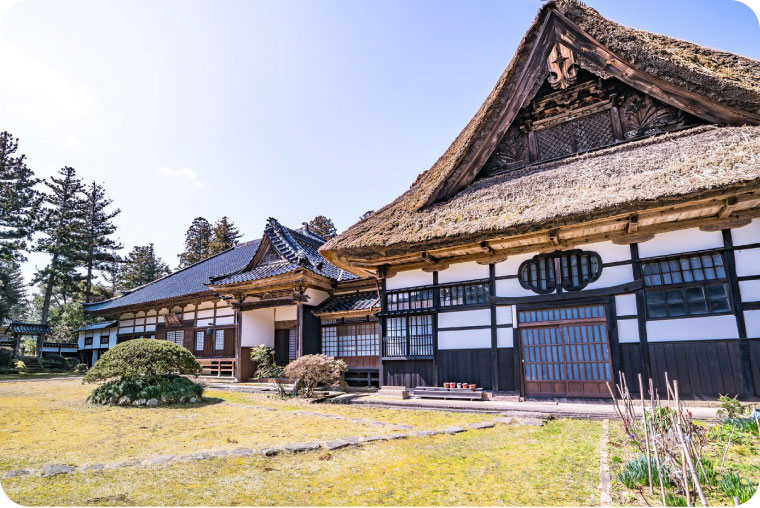
Thatch-roofed residence and reception hall
-
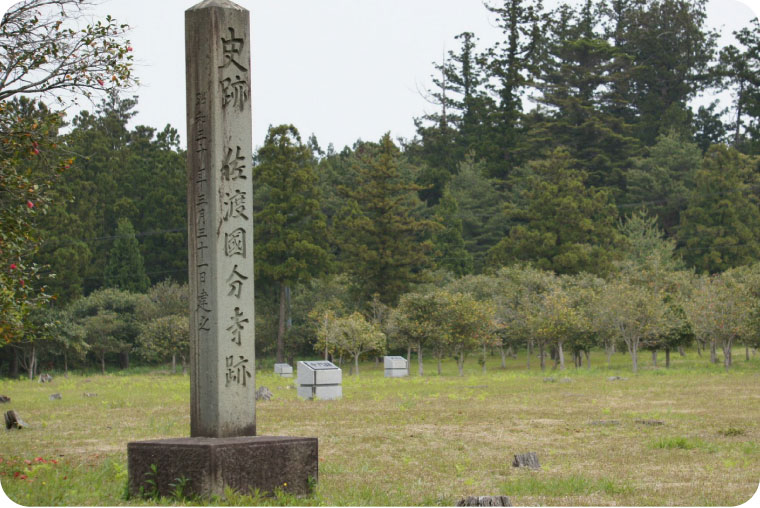
Nandaimon (great south gate), Chumon (middle gate), and Kondo (main hall) in a row, connected by corridors (designated as a National Historic Site)
-
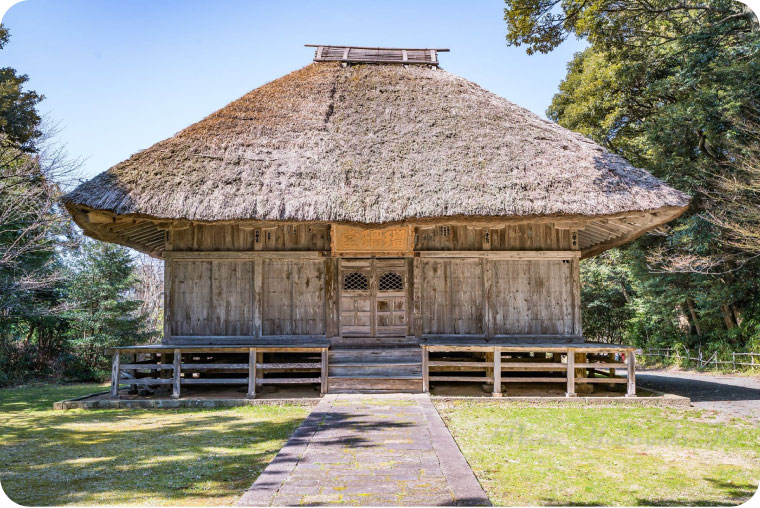
Rurido (City-designated Tangible Cultural Property)
-
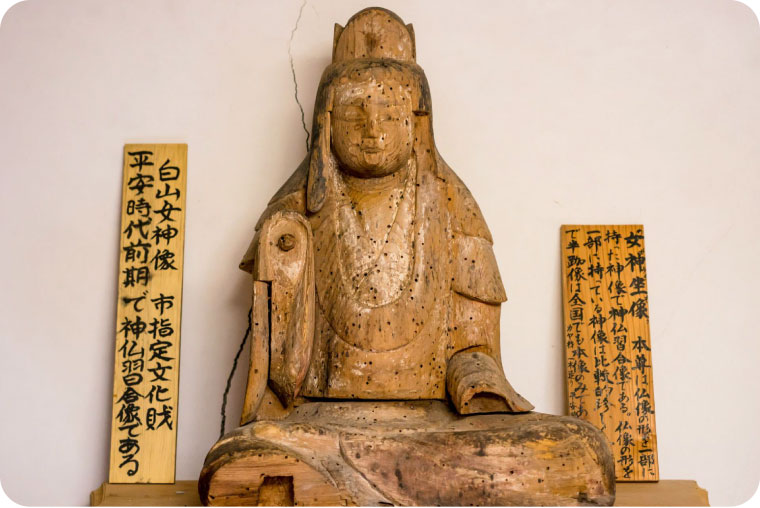
Wooden Statue of Seated Hakusan Goddess (a Sado Tangible Important Cultural Property), Period: Early Heian period, Height: 54cm
-
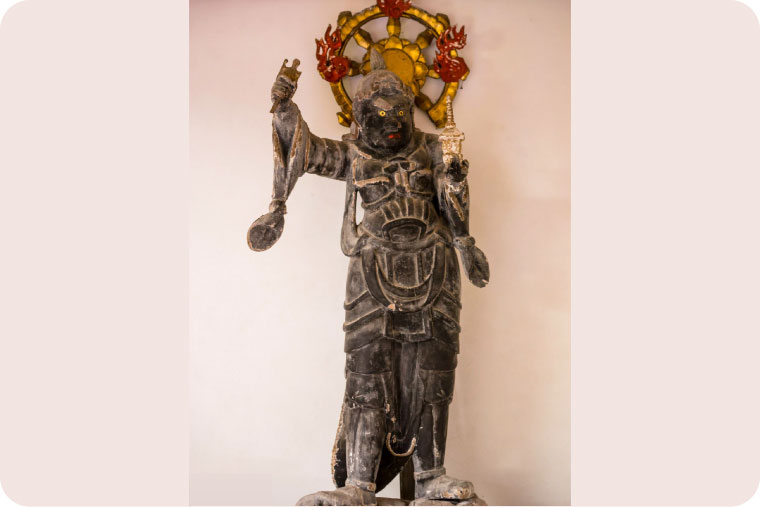
Wooden Four Guardian Kings (Tamonten, the Guardian King of the North / Prefectural Tangible Cultural Property), Period: late 12th century Height: 79.8 cm
-
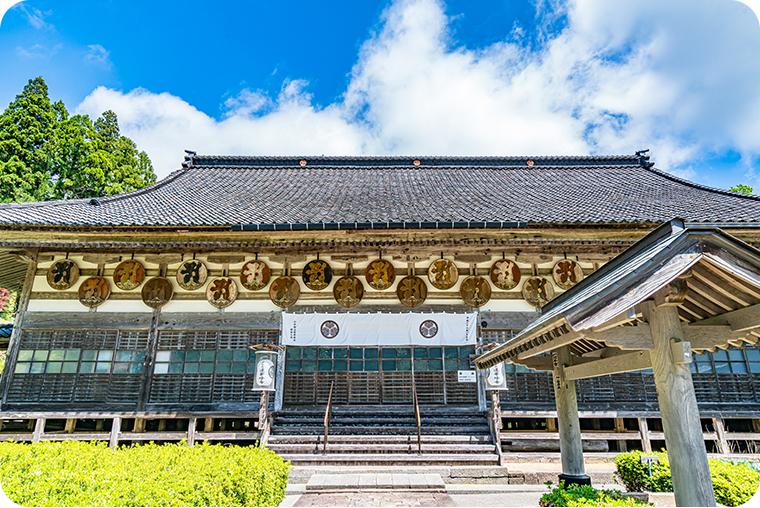
Seated Fudo Myoo (Prefectural Tangible Cultural Property), Period: late 12th century Height: 135cm
-
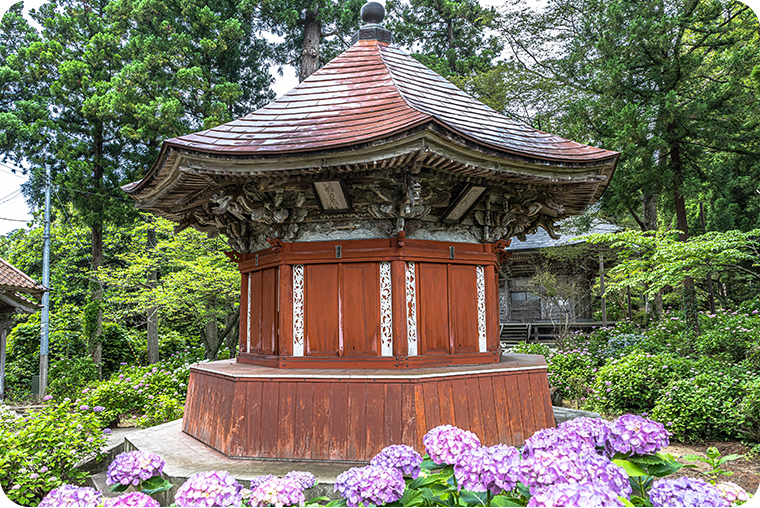
Octagonal Hall (Registered National Tangible Cultural Property) The eaves are decorated with bracket complexes composed of three projecting sets of bracket arms, featuring decorative low-relief carvings and sculptures. One set of brackets represents a cloud dragon.
-

Reception Hall (Registered National Tangible Cultural Property) reconstructed in 1909. Dimensions: 24.6 metres wide; 16.1 metres long
-
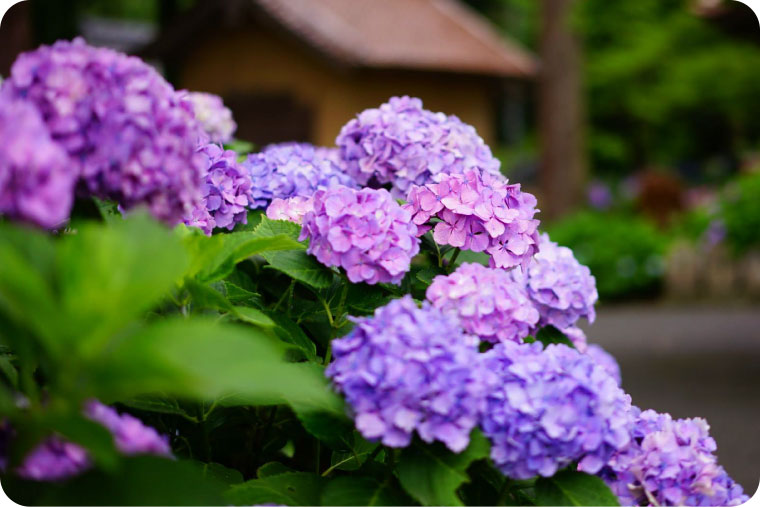
FSeven thousand hydrangeas come into bloom all at once from late June to early July.
-
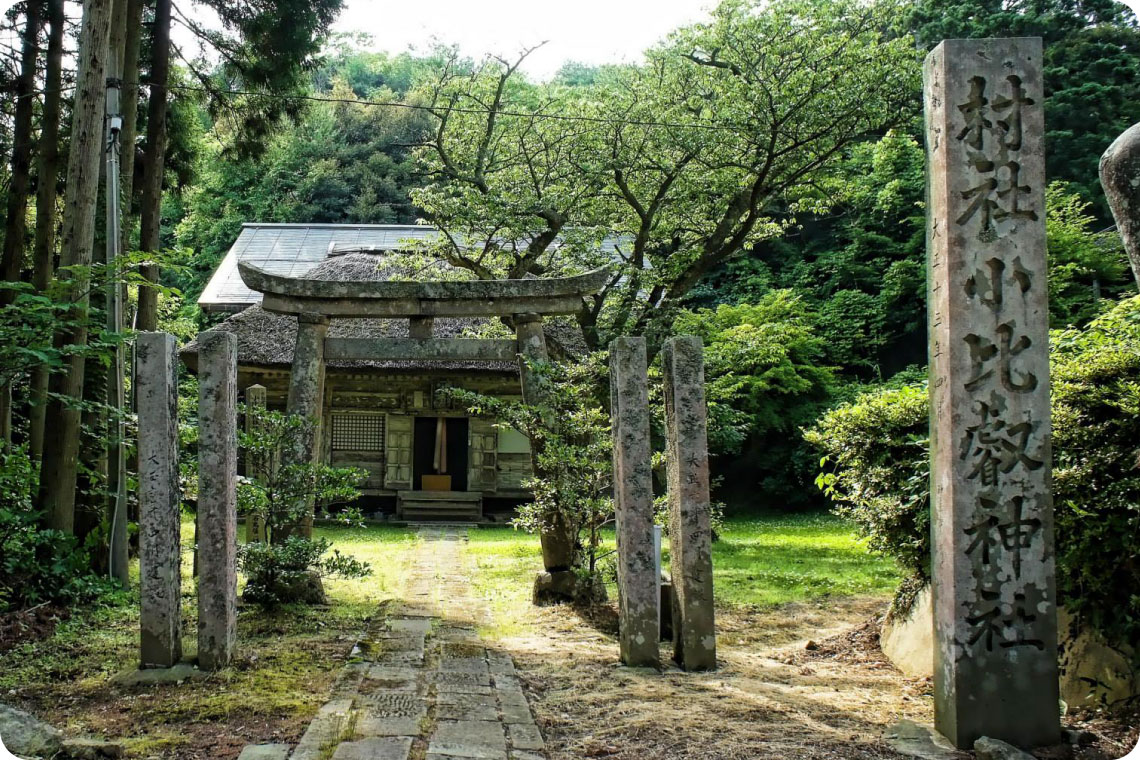
Tutelary shrine of Rengebuji Temple Founded: 807
Kobie Shrine
Kobie Shrine
Originally the tutelary shrine of Rengebuji Temple enshrining Sanno Gongen, Hakusan Gongen and Tenmangu, it was renamed Kobie Shrine after Shinto and Buddhism became separated at the time of the Meiji Restoration. The main hall, a Designated National Tangible Cultual Property founded in 1640, features an asymmetrical, shingled gable roof projecting outwards on the sides and supported by four pillars. The stone torii gate standing in front was built in 1608 and bears an inscription of that year. The thatched worship hall (a Designated Prefectural Cultural Property) annually hosts a Municipal Intangible Folk Cultural Property ritual called Ta-asobi* (rice field work) Shinji to pray for a good harvest of the year on February 6th.*Ta-asobi Shinji has been suspended since 2020.
Address: 185 Kobie, Sado City
-
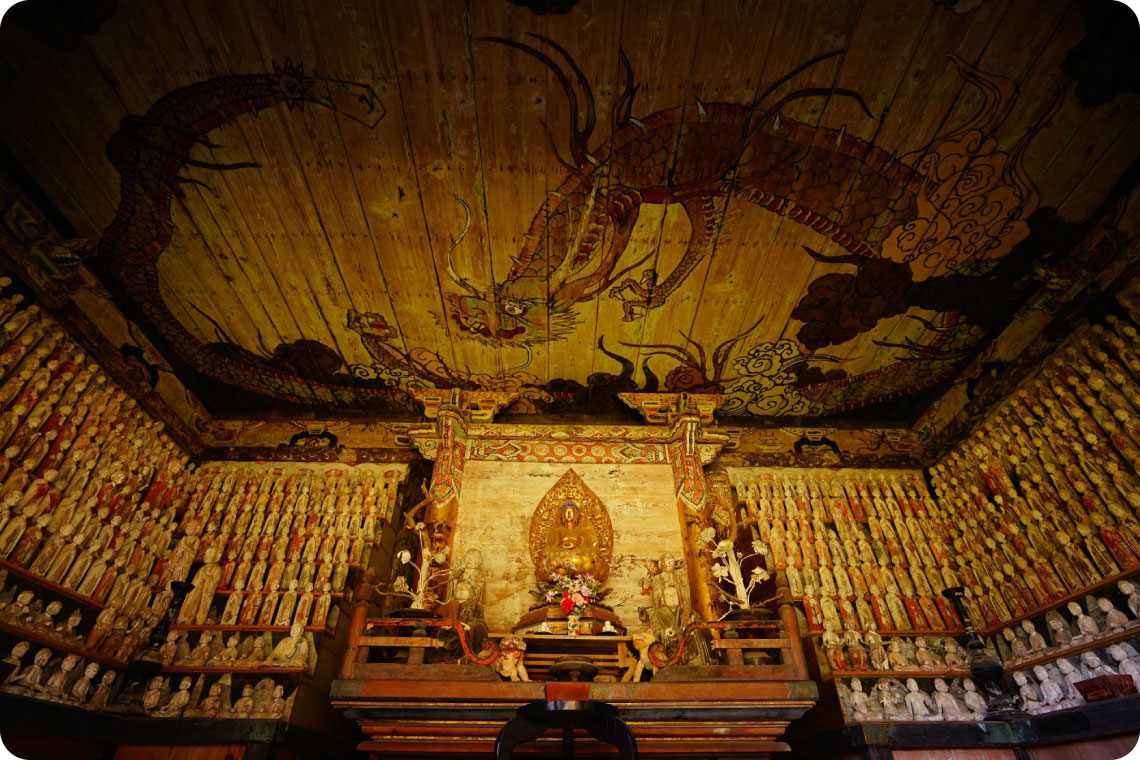
Maybe you will find your own face among the Five Hundred Rakan (Perfected Persons) Founded: 1421
Dairenji Temple
Dairenji Temple
Dairenji is a temple of the Soto Zen School of Buddhism established by a Zen monk from mainland Niigata (Echigo). The Sanmon Gate (Designated Prefectural Tangible Cultural Property) used to be the East Gate of Hamochi Castle (Prefectural Historic Site), which fell after an attack by Kagekatsu Uesugi, the Lord of Echigo. It is believed that the gate was relocated to where it stands now after surviving the fire. The Five Hundred Rakan (enlightened disciples of Buddha) statues are exquisite works by a sculptor from Edo (today's Tokyo). Decorations, including gold leaf, are considered to have been done by a lacquer craftsman from Noto, which is a major lacquerware production area.
Address: 2075-Ko, Hamochi-hongo, Sado City
-
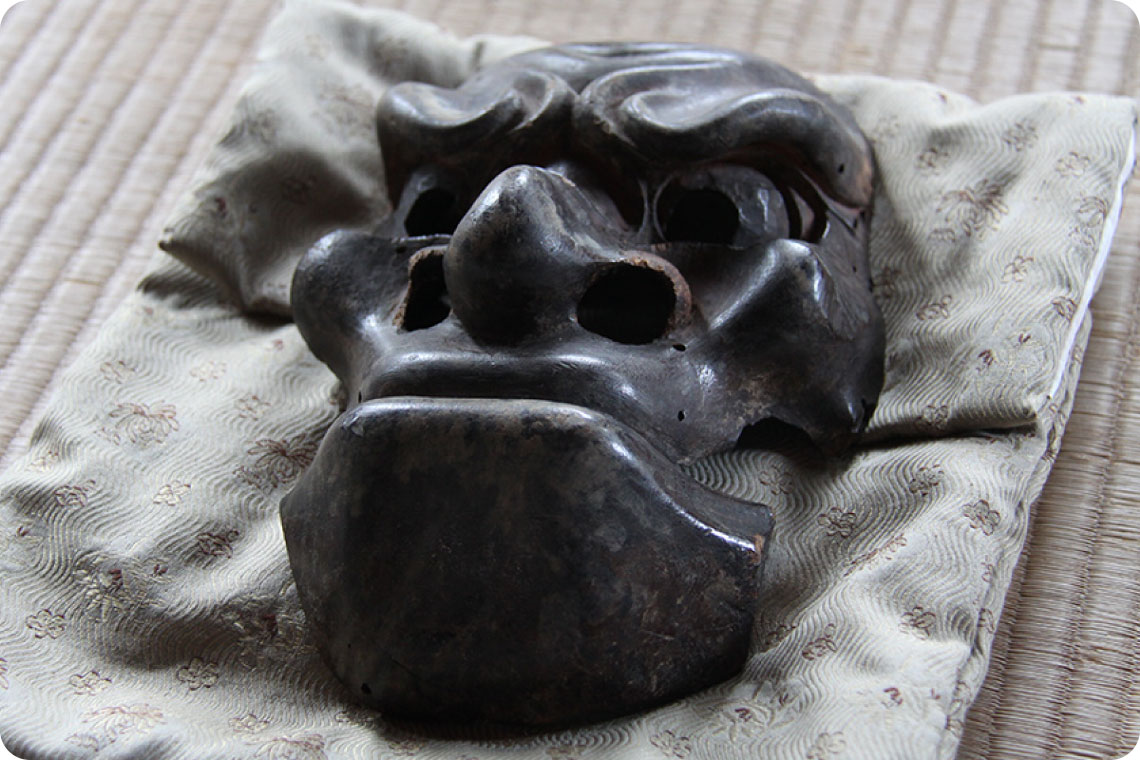
Passing down a mask left by Zeami, Established in 1324
Shoboji Temple
Shoboji Temple
Shoboji Temple is where Zeami, a Noh playwright who perfected the artform of Noh, stayed when he was exiled to Sado after incurring the wrath of the shogun in 1434. This temple treasures the ritual mask Beshimi (Designated Prefectural Tangible Cultural Property), which Zeami reputedly broght from Kyoto. Five temple buildings, including Kannon-do Hall, are Nationally Registered Tangible Cultural Properties. The ceiling over the corridor leading to the main hall is supported by elegantly curved beams, and striking carved-wood transom panels are arranged within the hall.
Address: 504 Izumi Kou, Sado City
-
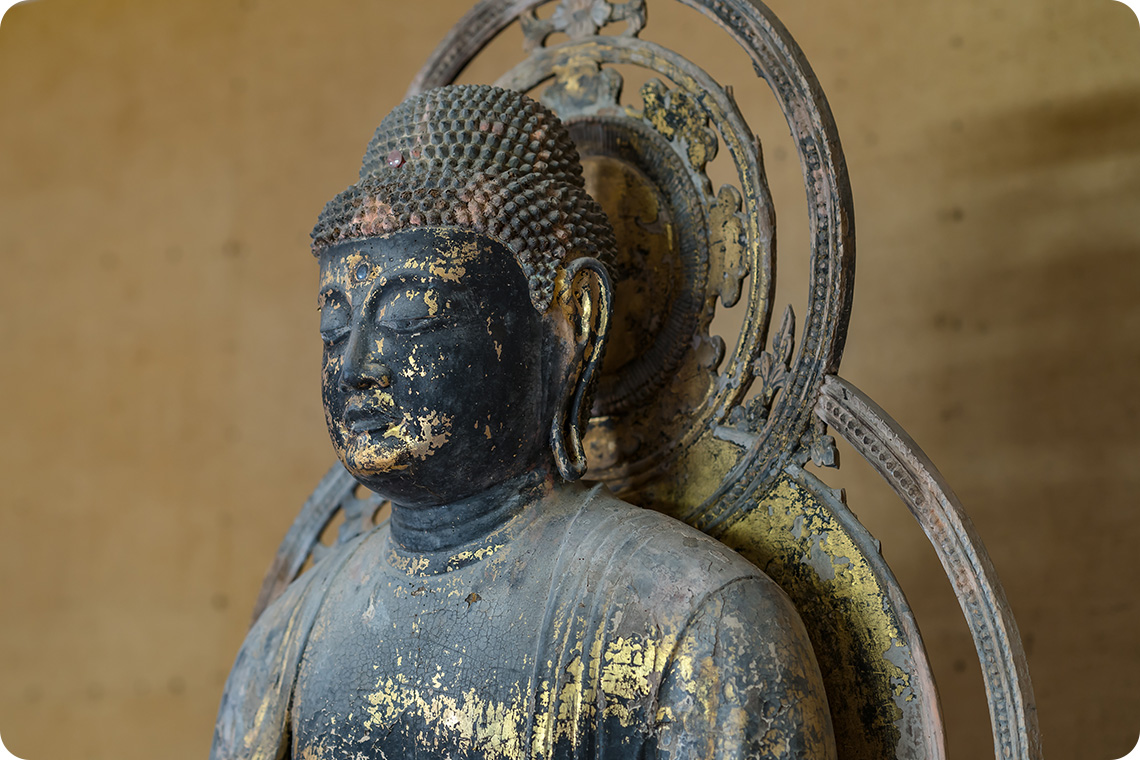
An ancient temple handing down the Amida statue of the Heian Period Founded: 831
Choanji Temple
Choanji Temple
The dynamic Nio (temple guardians) are thought to have been sculpted by the Kei School (a leader in Buddhist sculpture) and stand at either side of the thatched Niomon Gate. The sculptures and gate are designated Tangible Cultural Properties of Sado City. The principal object of worship is the Seated Amida Nyorai (National Designated Important Cultural Property), which was carved and assembled in sections using cypress wood in the early 12th century. This temple passes down many cultural assets including a wooden statue of Seated Yakushi Nyorai (Sado Designated Tangible Cultural Propery) also founded in the early 12th century and a bronze bell (National Designated Tangible Cultural Property).
Address: 152 Kujikawachi, Sado City
-
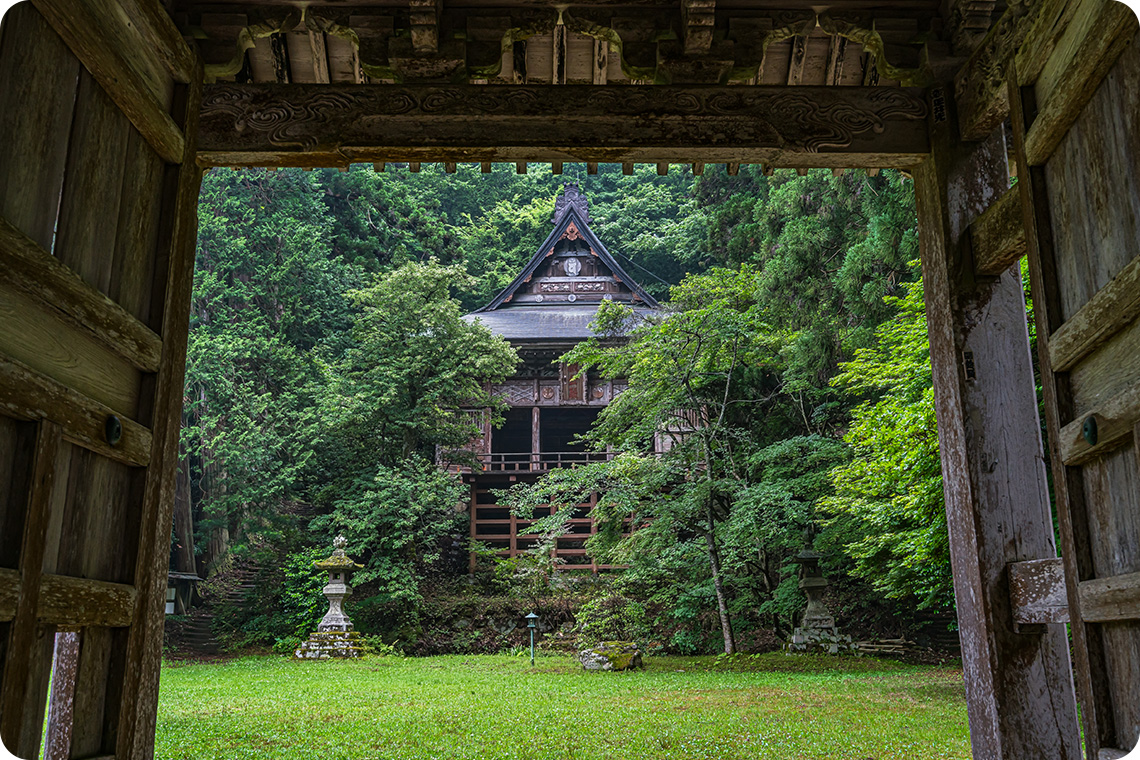
400-year-old cedar trees and overhang architecture Founded: 808
Seisuiji Temple
Seisuiji Temple
A stone-paved path lined with sky-high cedar trees leads up to the Chumon (middle) gate, and after passing through it, the main hall with a platform (Tangible Cultural Property of Sado City) comes into view. Seisuiji Temple belongs to the group headed by Hasedera Temple in Nara, and the platform structure is said to be similar to the temple there. The temple houses a wooden tablet with an inscription of the year 1730, on which can be found information about and a history of the structure, as well as an illustration that portrays the temple buildings in the Edo Period (17th–19th centuries).
Address: 124-1 Niibo-Ono, Sado City
-
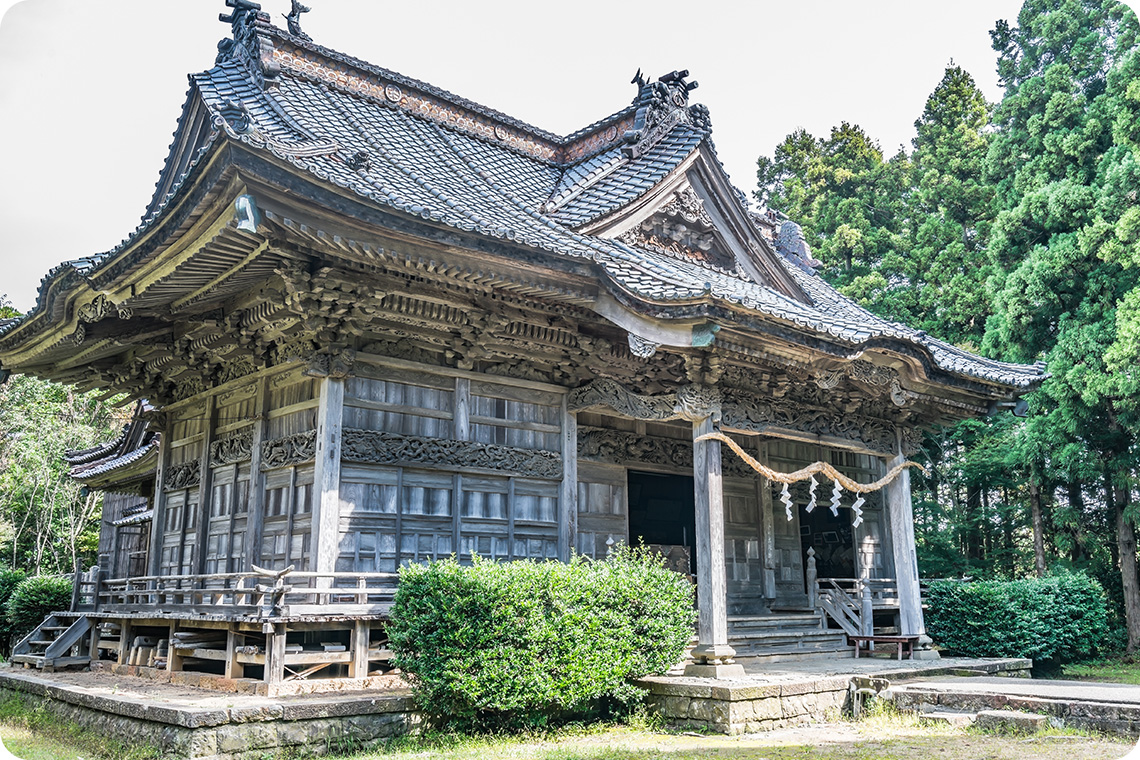
Sculptures of the worship hall show skillful craftsmanship Founded in 792
Ushio Shrine
Ushio Shrine
Ushio Shrine was established in 792 by separating gods from Izumo Taisha Shrine in Shimane Prefecture and re-enshrining them here. The worship hall features a gable roof undulating in three directions, and the sculptures were completed over five years by master craftsmen from both inside and outside of the island. The motifs of the sculptures include animals and auspicious creatures, such as dragons, tigers, lions, carp, turtles, cranes and rabbits, as well as a scene depicting Emperor Juntoku's move to Sado. This shrine houses a Noh stage (Prefectural Tangible Folk Cultural Property), too, which was reconstructed during a period of six years starting in 1901, after being burned down in 1899. On this authentic Noh stage, bonfire Noh performances are held in June.
Address: 2529 Niibo Katagami, Sado City



